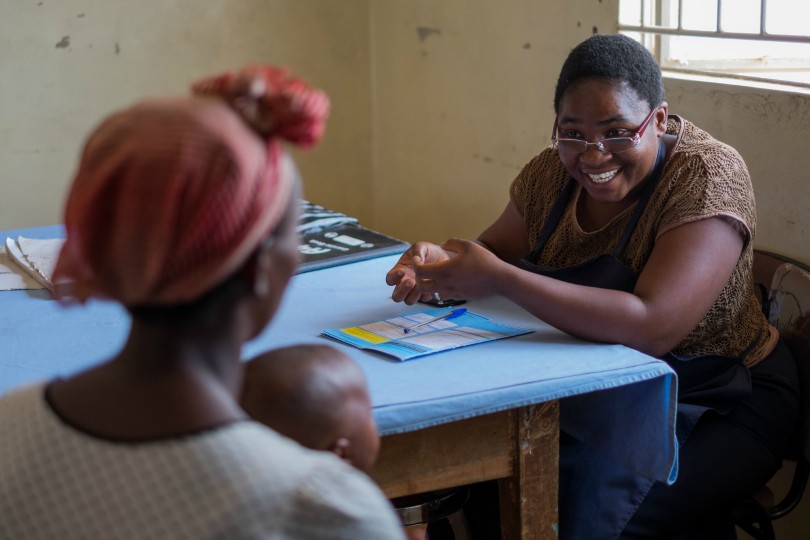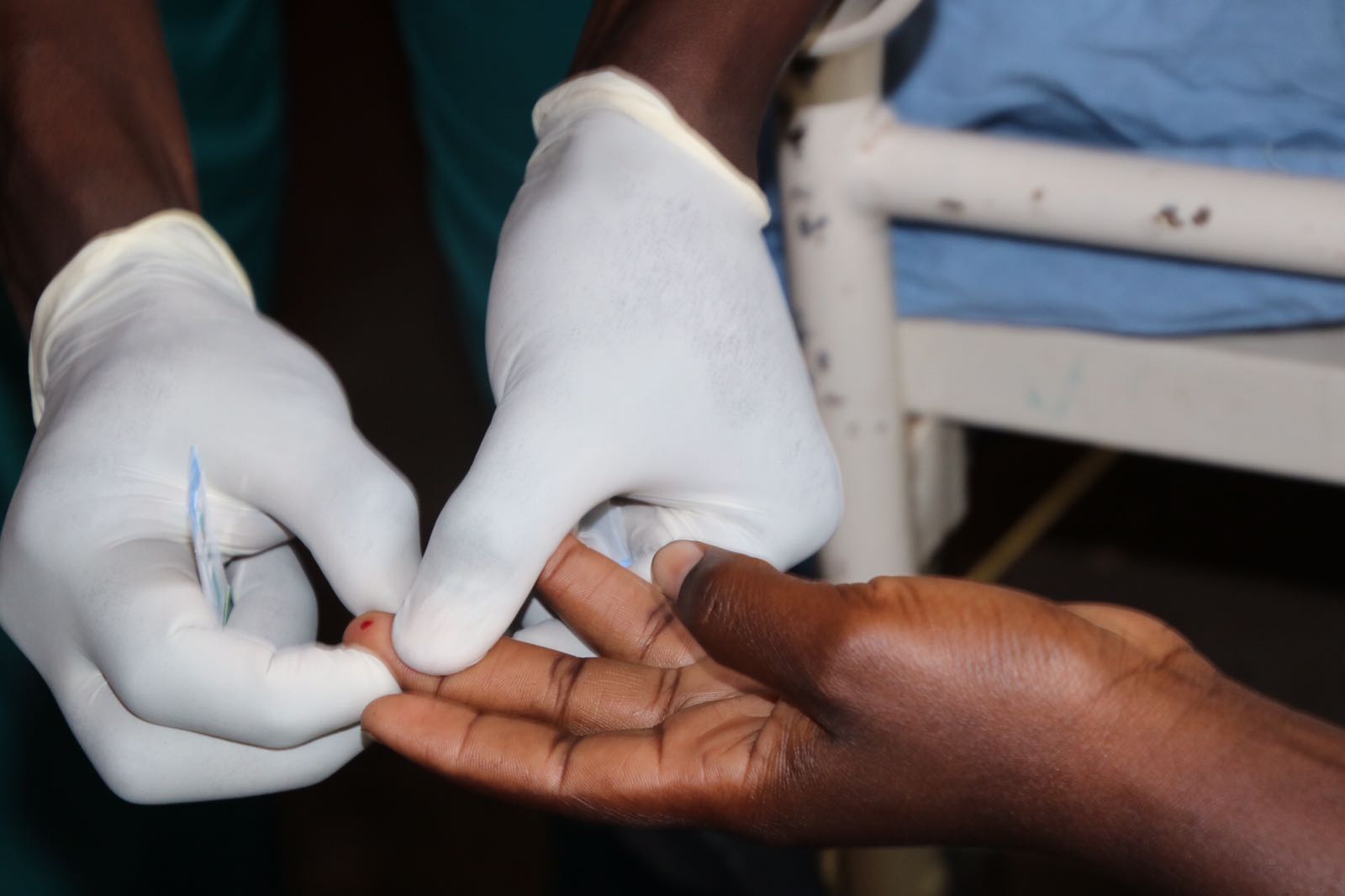A Compassionate Approach to HIV Treatment: Anita’s Story

Meet Anita
At only 23 years old, Anita was divorced with three children, living in a remote part of Kenya. When she separated from her husband in 2017, Anita was forced to move out of her mother’s home. Determined to care well for her young family, Anita rented a house near a local shopping center where she managed to find menial jobs that paid just enough to sustain her and the children. Eventually, she landed a new job as a waitress nearby in the Ramula Hospital cafeteria.
Anita had tested positive for HIV in 2016, and after several months of treatment, her HIV viral load was checked at the health facility. It was 147,906—Anita was not virally suppressed. Her doctor explained the importance of sticking with treatment, but a few months later she stopped picking up her medication anyway. Anita continued working at the cafeteria, avoiding contact with the hospital staff assigned to her treatment. When Anita quit that job, the hospital staff could not find her to follow up.
A Human to Human Approach to HIV Treatment
A year later, Anita showed up at the hospital for an antenatal care appointment—she was pregnant with her fourth child. In cases like Anita’s, strict adherence to HIV treatment is critical, as HIV is easily transmitted during pregnancy and childbirth. Anita was put on directly observed treatment—meaning a health worker would observe her taking every dose of medication. However, after just two weeks, Anita started showing up late and missing appointments. At this time, CMMB had just partnered with the Kenya Red Cross to launch at-home directly observed treatment, and Anita was one of the first clients to participate. The hospital turned to Joyce.
Joyce Mbuchu is the community health worker assigned to Anita’s village. She is one of 18 workers supporting the hospital to provide at-home HIV treatment and counseling, including psychosocial and nutrition support, for 53 patients who defaulted on their treatment. Joyce was the one that had enrolled Anita in the at-home direct observed treatment.

Over time, through the home visits and discussions with Anita, Joyce discovered that Anita stopped taking her medication because of the harsh side effects and was hesitant to tell the hospital staff. As a single mother of three young children, Anita needed to run the house and provide for everyone. Because of the intense nausea and vomiting caused by the HIV medication, Anita struggled to cook for her children. It pained her so deeply when her children went to bed hungry because she was unable to cook for them. Joyce reported these side effects to the hospital, where clinical staff advised her to change the timing of the medication to help prevent the nausea.
A Friendship and A Journey to Better Health
From then on, every morning and evening at 8:00, Joyce diligently made the 15-minute walk to Anita’s house to administer her medication and provide psychosocial support. Over time, their bond strengthened. Sometimes, Joyce would even go out of her way to bring groceries to Anita’s house. Joyce was very afraid for the baby and knew that she needed to make a plan with Anita if the baby was going to have a fighting chance of being born HIV free. Because they had established trust, Joyce began teaching Anita about pregnancy health and the signs of labor. Together, they made a birth plan, and Joyce encouraged Anita to deliver her baby at the health facility.
On February 7, 2019, Joyce’s phone rang—it was Anita, distressed and in labor. She wanted Joyce to take her to the hospital. Overjoyed, Joyce brought Anita to Ramula Hospital and stayed with her through the delivery. Six weeks later, the hospital re-checked Anita’s viral load—it was amazingly low. The baby was also checked and was found to be HIV free. Joyce continues to conduct home visits to Anita to support her HIV treatment and ensure the baby stays HIV free, but Anita now understands the importance of treatment adherence and is consistently taking her medication on her own.
We couldn’t reach people like Anita with better health if it weren’t for incredible community health workers like Joyce.